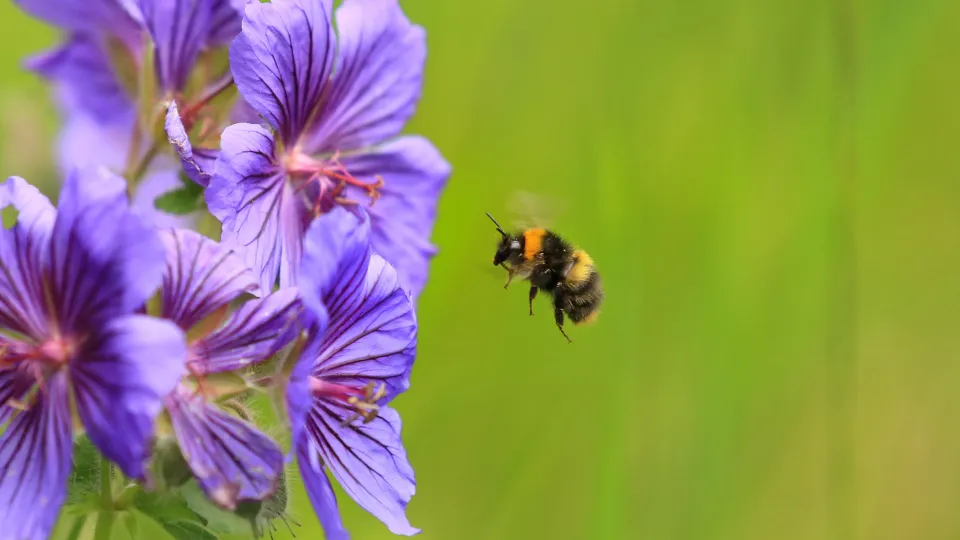
Early bumblebee
One of our prettiest and smallest bumble bees, the early bumblebee has a bright orange tail and lemon-yellow bands on its body. It is very common and can be found in all kinds of habitats in early spring.

One of our prettiest and smallest bumble bees, the early bumblebee has a bright orange tail and lemon-yellow bands on its body. It is very common and can be found in all kinds of habitats in early spring.
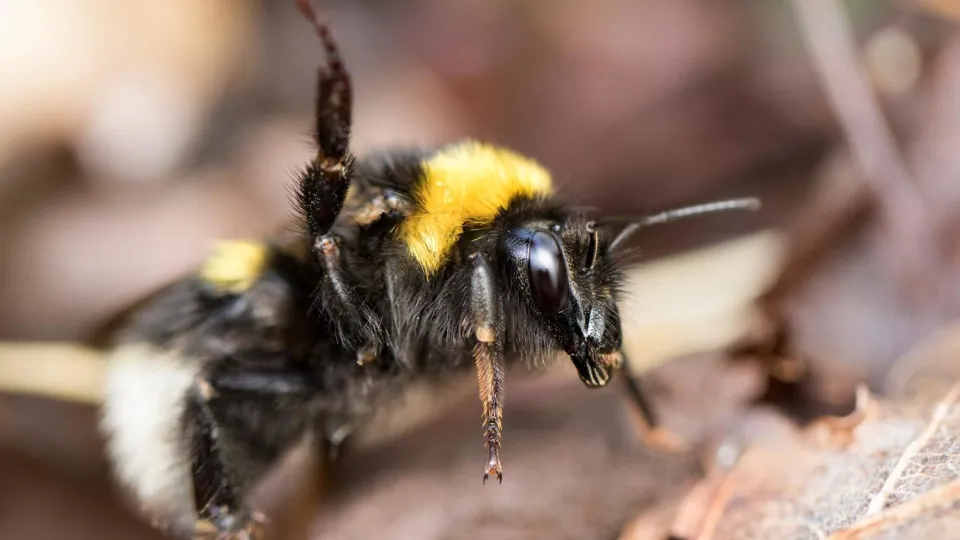
Unsurprisingly, the garden bumblebee can be found in the garden, buzzing around flowers like foxgloves, cowslips and red clover. It is quite a large, scruffy-looking bee, with a white tail. It nests in colonies.
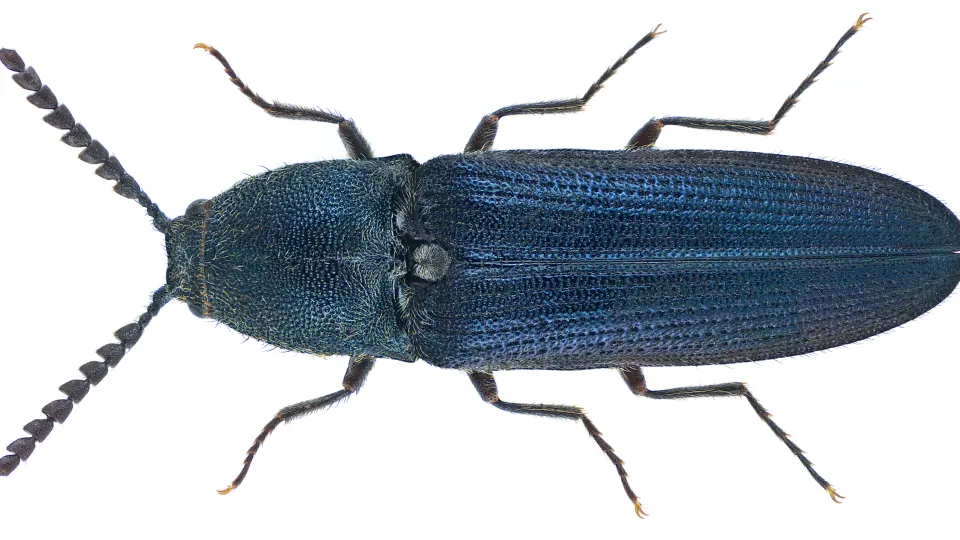
The violet click beetle is a very rare beetle that lives in decaying wood, particularly common beech and ash. It gets its name from its habit of springing upwards with an audible click if it falls on its back. It is found at just three sites in the UK.
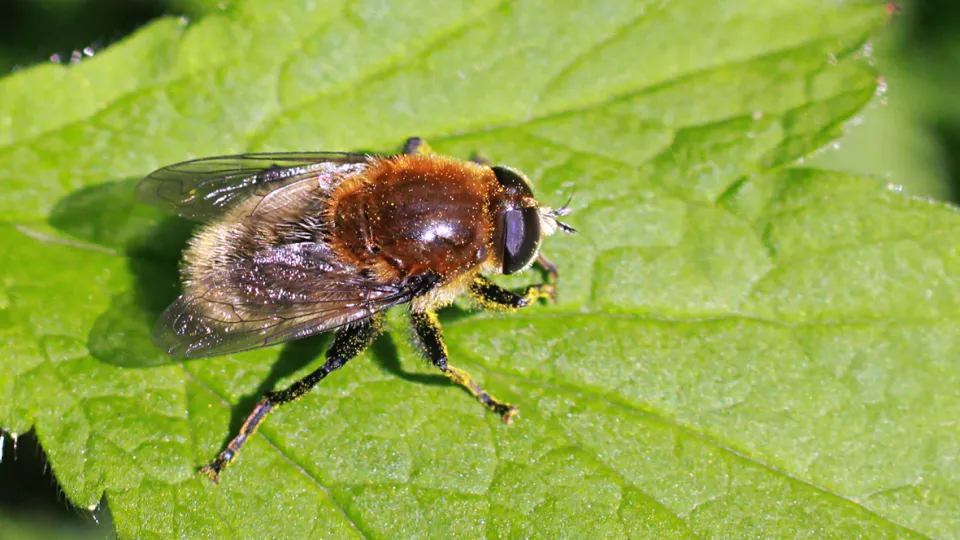
With ginger hairs, dark banding and a cream tail, the Narcissus bulb fly looks like a bumble bee, but is harmless to us. This mimicry helps to protect it from predators while it searches for nectar in gardens.
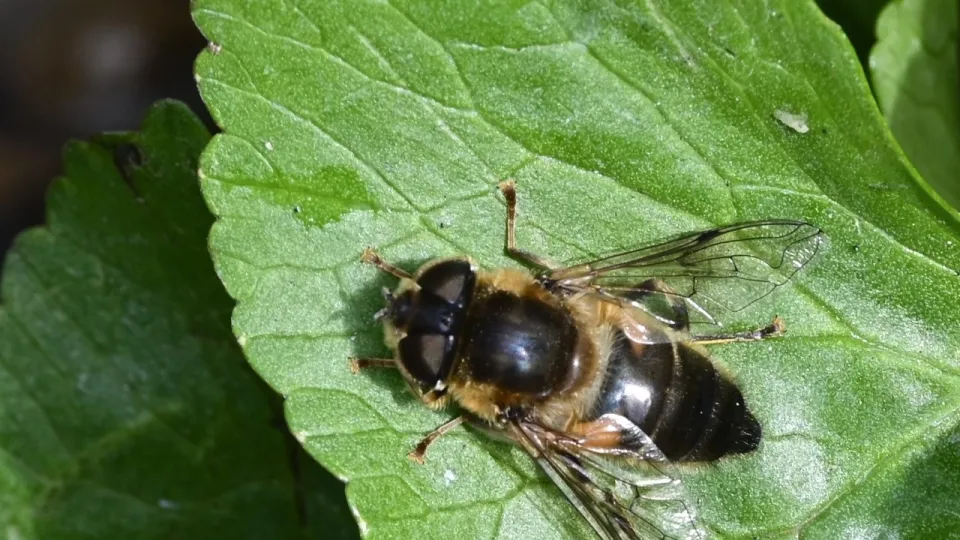
With brown-and-orange markings, the Drone-fly looks like a male Honeybee, but is harmless to us. This mimicry helps to protect it from predators while it searches for nectar in gardens and urban areas.
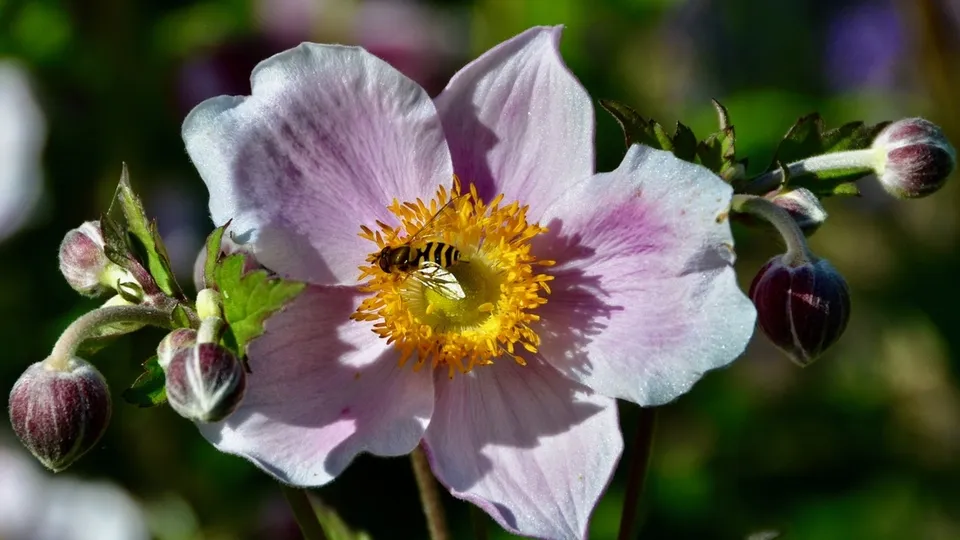
The Common banded hoverfly has a fitting name: it is not only one of our most common species, its black body is also covered in yellow bands! It can be seen in many habitats from gardens to woodlands.
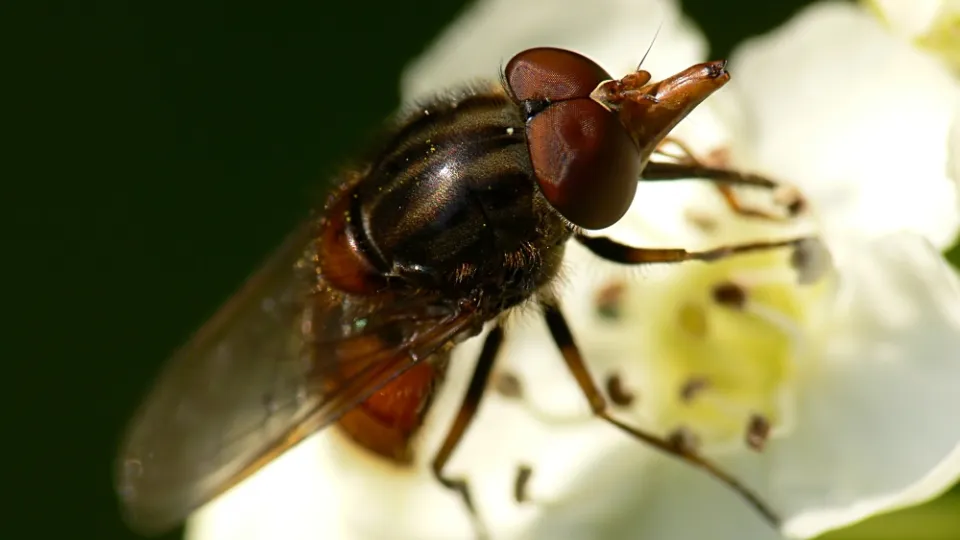
A common hoverfly, the Heineken fly has a distinctively long snout that enables it to take nectar from deeper flowers, reaching the parts other hoverflies cannot reach! It frequents hedgerows, gardens and woods.
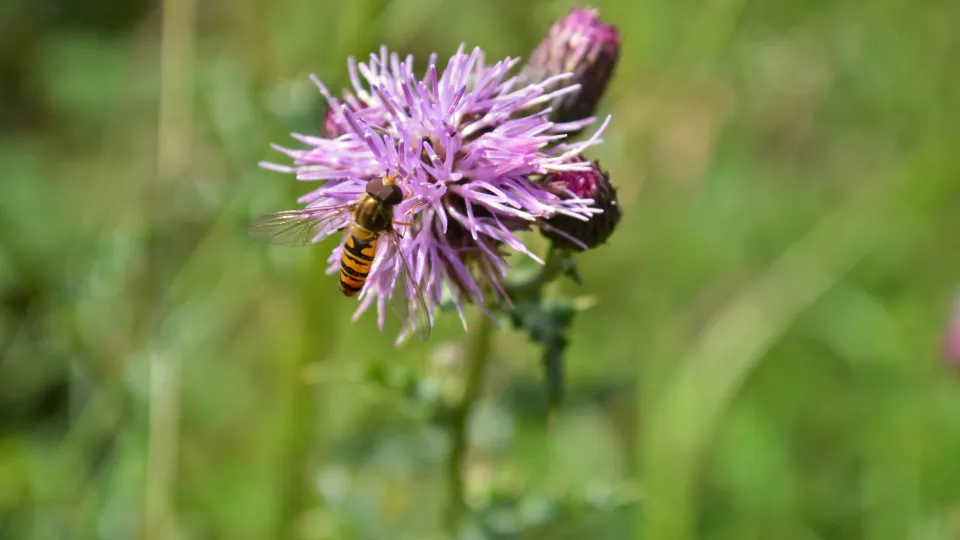
Our most common hoverfly, the marmalade fly is orange with black bands across its body. It feeds on flowers like tansy, ragwort and cow parsley in gardens, hedgerows, parks and woodlands.
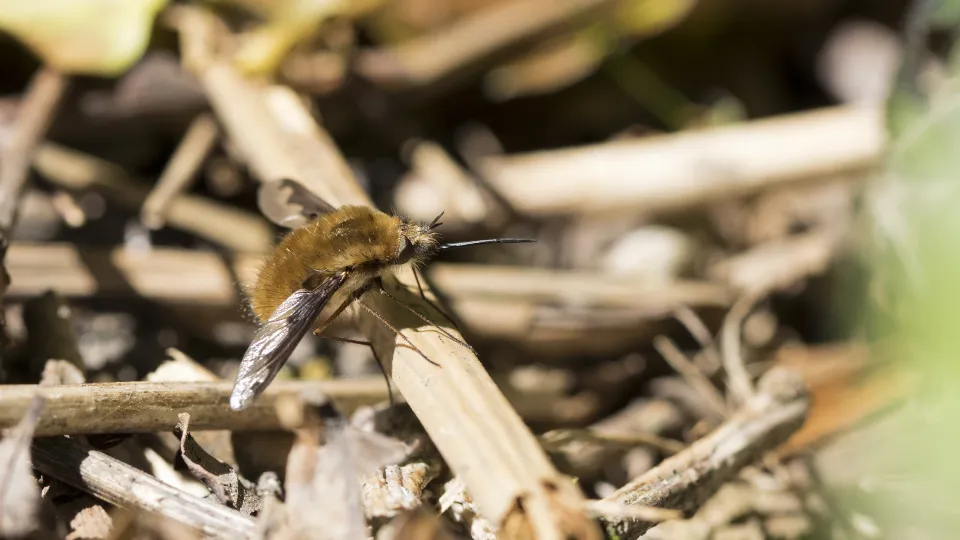
Our largest and most common bee-fly, the dark-edged bee-fly looks just like a bumblebee, and buzzes like one too! It feeds on flowers like primroses and violets in gardens, parks and woodlands.
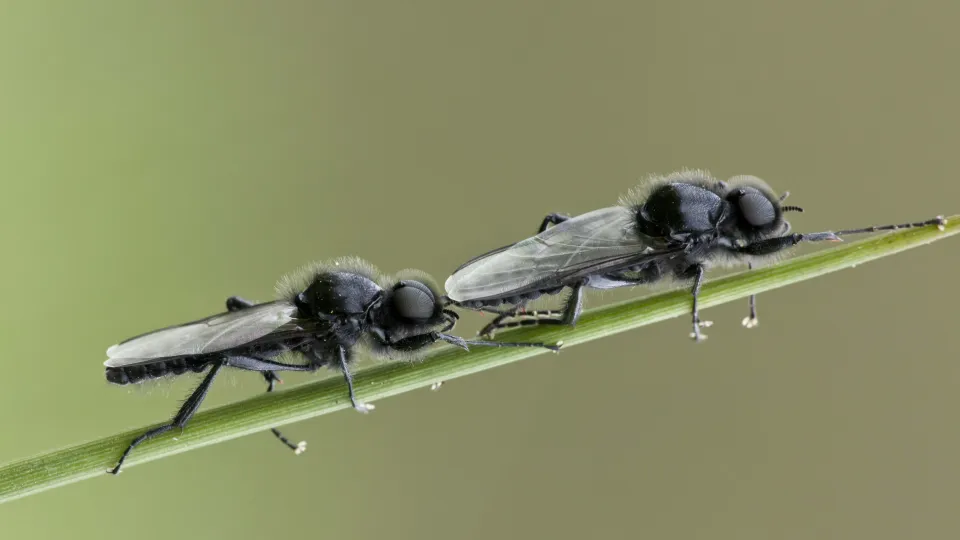
The St Mark's fly is small, black and shiny. It is so-called because it emerges around St Mark's Day, April 25th. Large numbers of adults can be found in woodland edges, hedgerows, fields and wetlands.